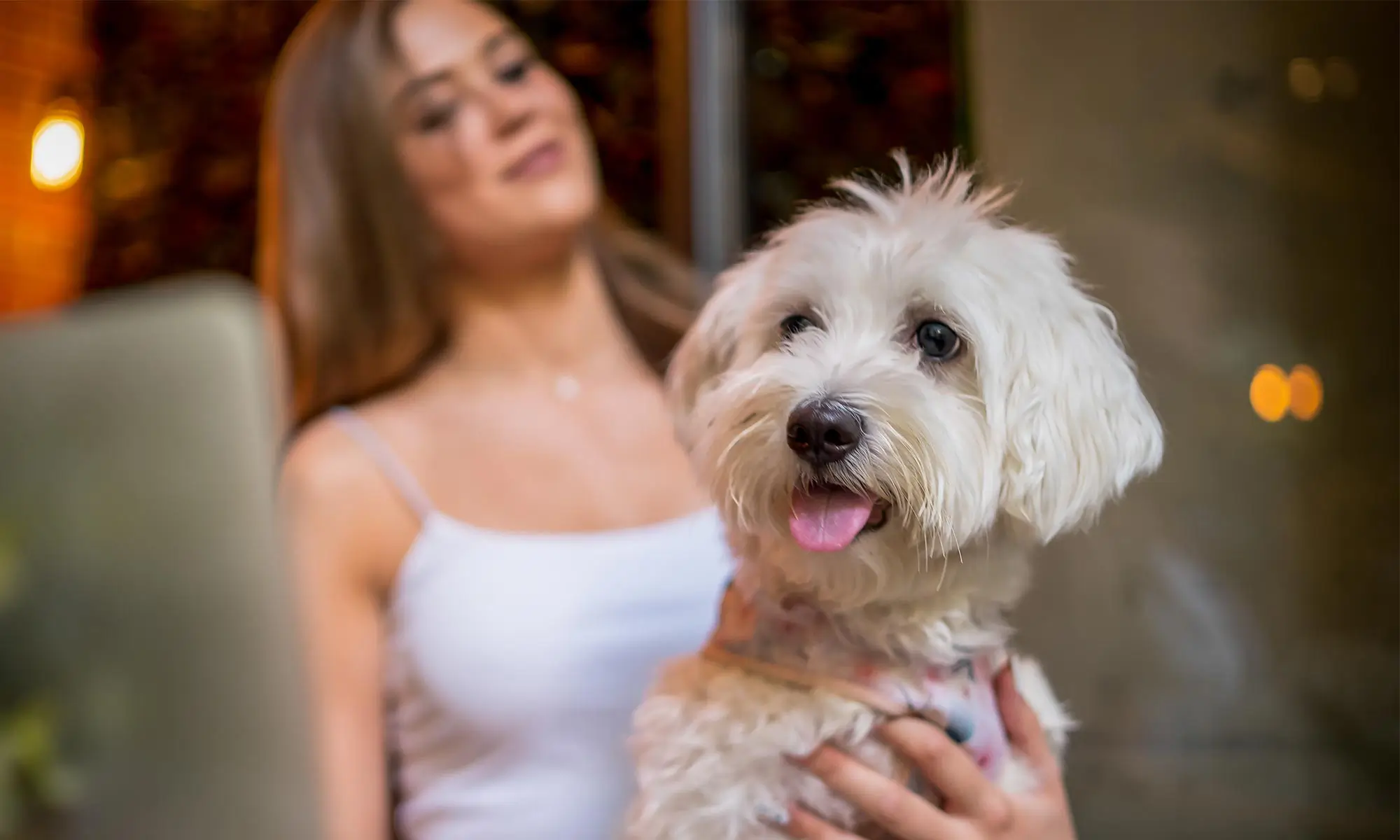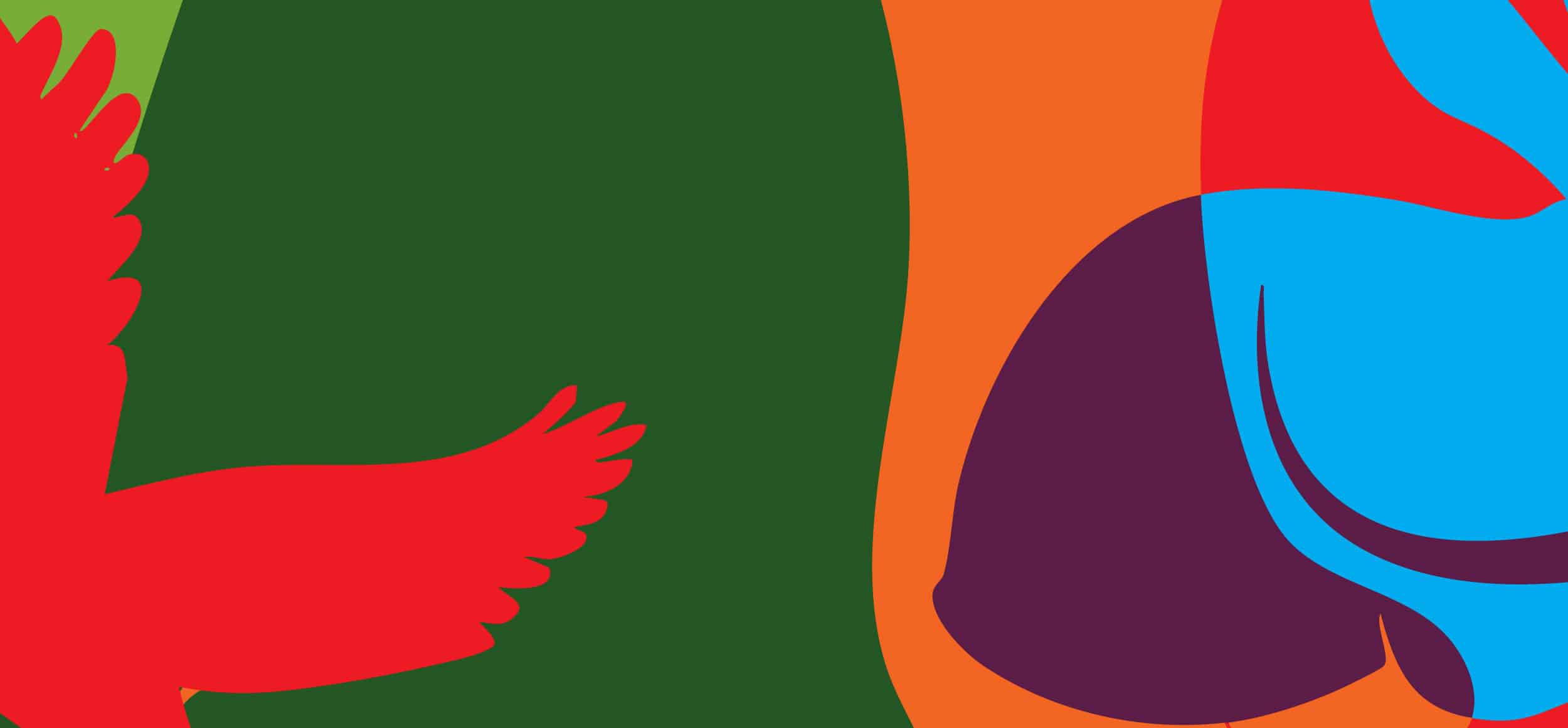Safe & Compassionate Pet Surgery
When your pet needs surgery, it’s natural to have concerns. We’re here to guide you through the process, ensuring you have all the information you need for a smooth, stress-free experience. Our veterinary team will walk you through pre-surgical care, anesthesia safety, recovery expectations, and post-op instructions.

Surgeries We Perform
At Paws & Claws Veterinary Hospital, we currently perform a variety of soft tissue surgeries:
- Spays & Neuters—Helping prevent unwanted litters while offering long-term health benefits.
- Mass Removals—Removing benign or cancerous growths for your pet’s comfort and health.
- Cystotomies—Surgical removal of bladder stones to relieve discomfort and prevent blockages.
- Foreign Object Removal—Extracting swallowed items that could cause life-threatening obstructions.
- Laceration Repair—Treating deep cuts and wounds to promote proper healing.
Spay and Neuter Surgeries
Spaying and neutering pets not only prevents unwanted litters, it also brings long-term health benefits for pets. In addition to preventing overpopulation, it reduces (or completely eliminates) the risk for certain reproductive health issues like uterine, breast, and testicular cancer. Certain negative mating behaviors like urinating in the home or roaming away from the house are less likely for pets that have been spayed or neutered. Altered females won’t go into heat every month, and altered males are less likely to display aggressive behavior. Decreasing the amount of unwanted pets in your area will also help to prevent animal shelters from getting overcrowded.
What to Expect When Your Pet Needs Surgery
We understand that surgery can feel overwhelming, but you’re not alone. Our caring, skilled team is here to answer your questions and ensure your pet receives the best possible care before, during, and after their procedure.

- Pre-Anesthetic Evaluation—Before anesthesia, we conduct a comprehensive exam, review your pet’s medical history, and may perform blood tests to assess overall health.
- Pre-Sedation & IV Catheter Placement—A mild sedative is given to reduce stress before the procedure, and an IV catheter is placed to provide fluids and medications as needed.
- Anesthesia Administration—Anesthesia is delivered via gas (inhalant) or IV, depending on the procedure and your pet’s needs. At Paws & Claws Veterinary Hospital, we use Sevoflurane, a safe, fast-recovery anesthetic, to minimize risks and ensure a smooth wake-up process.
- Advanced Monitoring—During anesthesia, our team carefully monitors your pet’s vitals, including heart rate, blood pressure, oxygen levels, and temperature. IV fluids and oxygen are provided to maintain stability.
- Safe Recovery & Aftercare—After surgery, your pet will recover in a warm, quiet area under close supervision. Some pets may shiver or vocalize as they wake up—this is normal. Once they regain their ability to swallow, the breathing tube is removed, and they continue to rest until they’re ready to go home. Depending on their condition, some pets may stay longer for additional monitoring.



